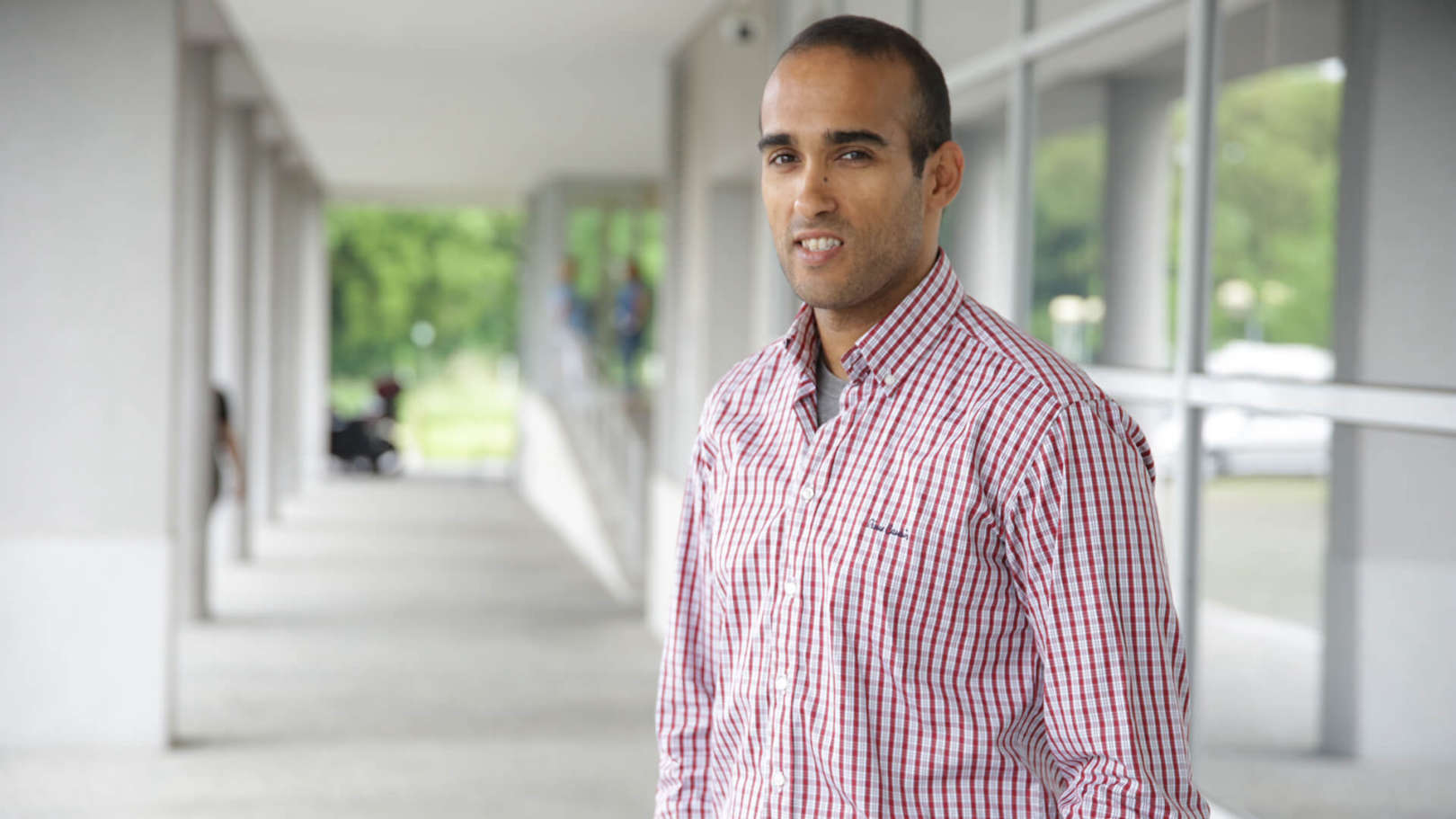About
I am a researcher at the Centre for Robotics and Autonomous Systems (CRAS). In 2008 I received the degree of MS in Electrical and Computer Engineering from the University of Porto. In 2017 I received the degree of PhD in Electrical and Computer Engineering from the University of Porto. My thesis focused in minehunting mission planning using autonomous underwater vehicles. My research activity is mainly focused on robotics in research topics such as path planning and artificial intelligence. I also work as a systems engineer on our vehicles and develop software as required.


